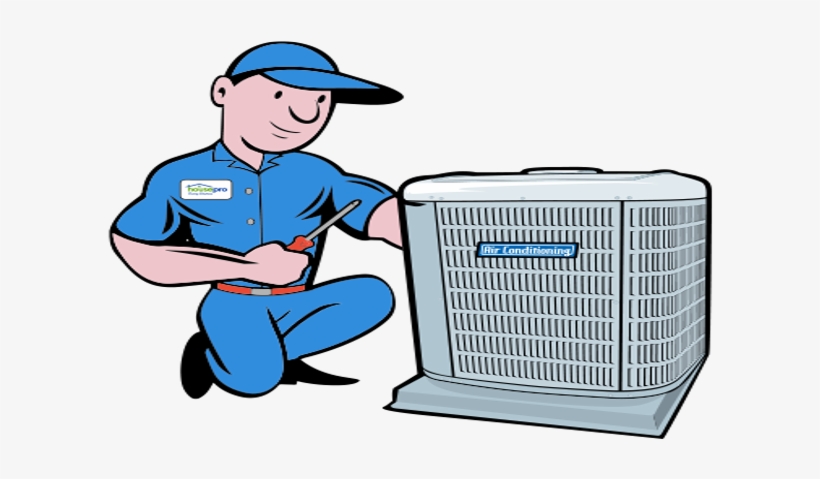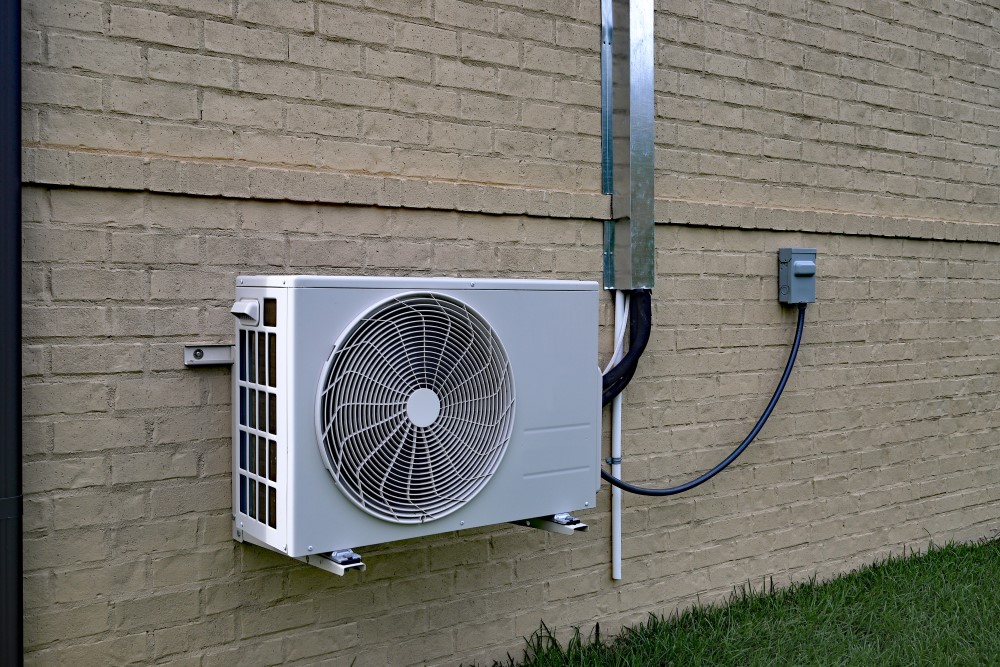Have you ever questioned why cooling installation in skyscrapers offers distinct challenges?

The complexity surpasses simply cooling down the areas successfully. From steering limited area constraints to attending to vertical distribution difficulties, each facet requires meticulous planning.
Yet what concerning the architectural considerations and guaranteeing availability to electric power for these systems?
These are just a few items of the puzzle that make tackling air conditioning installation in skyscrapers a multifaceted undertaking.
Trick Takeaways
- Strategic tools positioning and sound control are essential in high-rise a/c setups.
- Effective ductwork directing and maintenance gain access to make sure ideal cooling and heating performance.
- Safety, weight circulation, and adherence to building regulations are crucial for architectural honesty.
- Power efficiency, access, and smooth assimilation enhance AC system functionality in high-rise buildings.
Space Restraints
When installing air conditioning in skyscrapers, you may encounter area constraints that require mindful planning and innovative services. Minimal access to particular locations can position a difficulty throughout setup. To tackle this, customized devices and creative maneuvering might be required to navigate via tight areas and reach the assigned locations for installing the a/c units.
Additionally, in skyscrapers, sound control is important to ensure the comfort and well-being of residents. The constrained spaces and closeness of household devices in these structures intensify the effect of sound created by a/c systems. Implementing soundproofing procedures, utilizing quieter tools, and critical placement of components can help reduce noise disturbances for residents.
Vertical Distribution Difficulties
Exploring the intricacies of high-rise buildings, especially when it come to vertical circulation, offers one-of-a-kind obstacles for air conditioning installment. Ductwork difficulties are prominent in high-rise structures, where routing air ducts vertically through multiple floorings can be complex. Installation logistics become necessary, as coordinating the placement of ductwork and equipment in such a way that guarantees reliable airflow and temperature control throughout the structure is vital.
Upkeep gain access to is an additional considerable concern when it comes to vertical circulation in skyscrapers. Ensuring that heating and cooling systems are conveniently accessible for normal maintenance and fixings is crucial for long-term performance. In addition, the logistics of tools transport to greater floors position a challenge. Moving heavy a/c devices, ductwork parts, and other materials up vertical ranges calls for cautious preparation and sychronisation to ensure safety and performance. ac tune up
Structural Factors to consider
Taking into consideration the architectural stability of skyscrapers is important when preparing cooling installments. High-rise buildings are designed to support particular weights, and including cooling systems can impact the general weight distribution. It's critical to stick to building codes to ensure that the extra weight from the cooling and heating devices does not endanger the building's architectural stability. Building codes describe the optimum allowed lots for various sections of the building, consisting of floorings and wall surfaces, to avoid overloading.
Correct weight distribution is essential to prevent unequal tension on the building's framework, which might bring about architectural problems over time. Heating and cooling systems ought to be strategically placed to disperse their weight evenly and minimize any prospective strain on particular areas. Designers should thoroughly analyze the structure's load-bearing capability and style the cooling setup appropriately to make sure that it fulfills safety standards and regulatory demands.
Electric Power Ease Of Access
To verify the successful installment of air conditioning systems in skyscrapers, assessing the accessibility of electric power is paramount.

When assessing the electric power accessibility for a/c in high-rise buildings, think about the following:
- Closeness to Power Sources: Make certain that the cooling units are located near source of power to reduce energy loss and warranty efficient operation.
- Remote Capacity: Choose systems that use remote features, enabling practical monitoring and modification of the air conditioning systems from a distance.
- Energy Effectiveness Rankings: Prioritize a/c systems with high energy effectiveness rankings to minimize general electricity consumption and lower functional expenses.
- Backup Power Solutions: Implement back-up power solutions like generators or battery backups to ensure constant procedure of the air conditioning systems throughout power failures.

A/c System Combination
When incorporating cooling and heating systems right into skyscrapers, coordinate flawlessly with existing infrastructure for peak efficiency. Assurance system compatibility by completely assessing the structure's design and existing a/c arrangement. During the setup procedure, focus on reliable integration to optimize the general performance of the cooling system.
To attain successful cooling and heating system integration, collaborate very closely with engineers, engineers, and service providers to attend to any possible obstacles. Conduct a detailed evaluation of the structure's air flow, ductwork, and control systems to make certain smooth compatibility with the brand-new a/c tools. This aggressive approach can help stop pricey rework and hold-ups during the installation stage.
Incorporating heating and cooling systems in skyscrapers requires meticulous preparation and accurate execution to assure peak capability. Implementing innovative modern technology and energy-efficient elements can further enhance system efficiency and sustainability. By focusing on seamless integration and system compatibility, you can produce a comfy interior setting while maximizing power performance in skyscraper structures.
Often Asked Questions
Are There Any Kind Of Certain Regulations or Codes That Skyscraper Must Comply With When Setting Up A/c Systems?
When mounting cooling systems in high-rise buildings, guidelines and safety and security compliance are essential. Specific codes determine how these systems should be set up to assure the safety of residents. Conformity with these regulations is essential for the appropriate performance of the cooling systems and to avoid possible risks.
It's important to follow these standards carefully to guarantee a risk-free and efficient cooling system within the structure.

What Are Some Usual Solutions for Noise Control in A/c Equipments in High-Rise Buildings?
To decrease sound in cooling systems in skyscrapers, consider soundproofing products and critical placement to wet vibrations. Choose energy-efficient designs with quieter operation.
Regular maintenance checks and prompt fixings can prevent loud malfunctions. In addition, making use of variable speed technology can lower noise levels throughout low-demand periods.
Exactly How Do Extreme Climate Condition, Such as High Winds or Lightning Strikes, Influence the Installation and Procedure of Air Conditioning Systems in Skyscraper?
Severe weather conditions like high winds or lightning strikes can substantially impact the setup and procedure of air conditioning systems in skyscrapers. These weather elements can pose structural challenges, impacting the stability and efficiency of the systems.
When dealing with such problems, it is necessary to think about the strength of the structure's facilities and the toughness of the HVAC components to ensure ideal working and security.
Are There Any Kind Of Special Considerations for Integrating Smart or Energy-saving Technologies Into Cooling Systems in Skyscraper?
When thinking about incorporating clever or energy-efficient innovations into air conditioning systems in high-rise buildings, there are some special considerations to remember. Combination challenges may emerge when attaching different systems, and adapting these technologies to work successfully in an upright setting can be difficult.
Nonetheless, energy-saving technologies supply terrific prospective for reducing prices and environmental impact. It is very important to carefully intend and carry out these services to optimize their benefits.
What Are the Maintenance Needs for A/c Systems in Skyscraper, and How Typically Should They Be Serviced?
To maintain your air conditioning systems in high-rise buildings running efficiently, regular maintenance is crucial.
Maintenance frequency depends on variables like usage and system complexity. Typically, it's advised to have your AC units inspected a minimum of yearly by a professional service technician.
This routine upkeep not just assures top performance yet also helps in maintaining energy efficiency, conserving you money in the long run.
Conclusion
In general, installing a/c in skyscrapers presents special difficulties because of space constraints, vertical circulation obstacles, architectural considerations, electrical power availability, and HVAC system assimilation.
It needs careful planning and coordination to make sure the system operates successfully and efficiently in such complicated settings.
By attending to these difficulties head-on and collaborating with skilled specialists, building owners can ensure that their residents remain comfy and amazing also in the tallest of structures.
